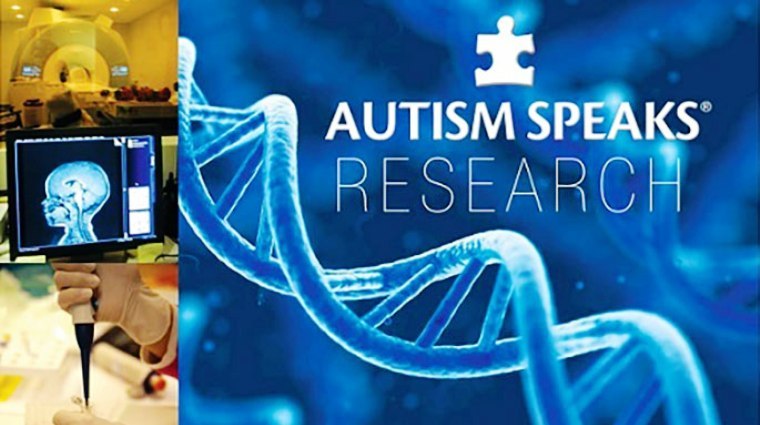
Doctors and families across the country are eagerly awaiting the results of a study that took a new approach to identifying environmental factors that might contribute to autism, the New York-based Autism Speaks organization said recently.
For the first time, families of children with autism were followed in real time, beginning with when the mother became pregnant again and continuing through the newborn's first 36 months of life. The study, funded by the National Institutes of Health (NIH), followed 235 families in the hopes of advancing the understanding of how environmental risk factors – such as a mother’s age, prenatal health and exposure to chemicals – contribute to autism.
The study was led by Craig Newschaffer, an epidemiologist and director of Drexel University’s AJ Drexel Autism Institute. He described the study as potentially pivotal.
“We’re collecting information in real time, rather than relying on clues in medical records or someone’s memory of what she was or wasn’t exposed to during a past pregnancy,” Newschaffer said. “We believe this information will deepen our understanding of autism’s complex causes. In particular, we want to see how genetic makeup might make some children more vulnerable to the effects of environmental exposures.”
Newschaffer said the study’s main goals are to offer better strategies for preventing autism and treating the impairments it causes.
“We would love to provide direct guidance to parents on actions they can take to safeguard healthy brain development and reduce the risk of impairments associated with autism,” he said.
Results of the study are currently undergoing evaluation.